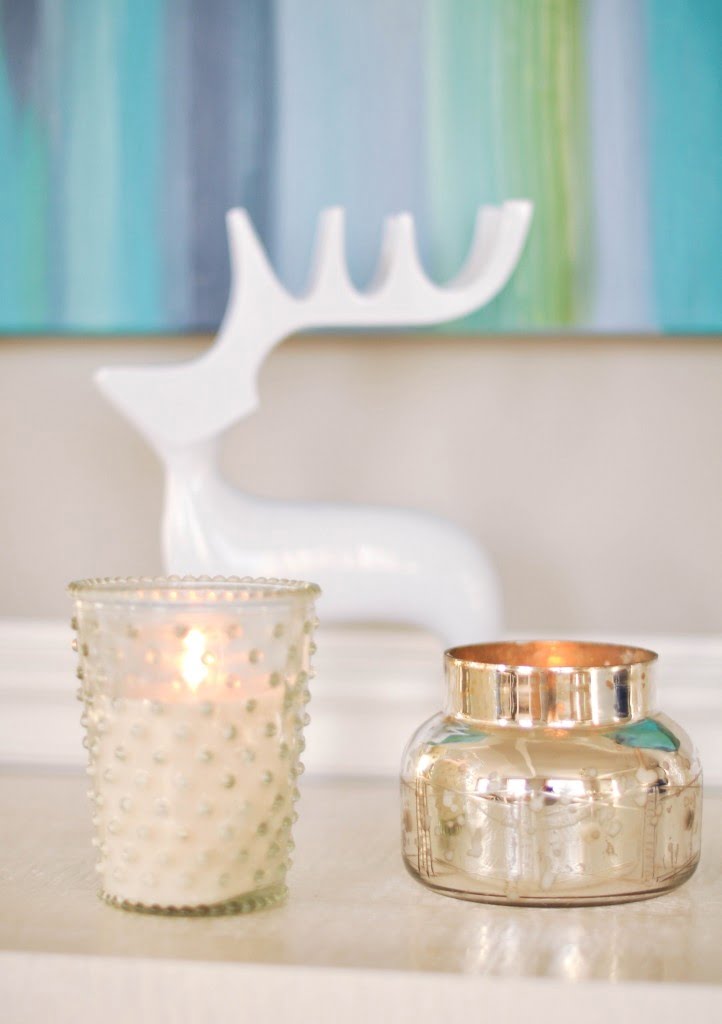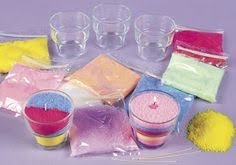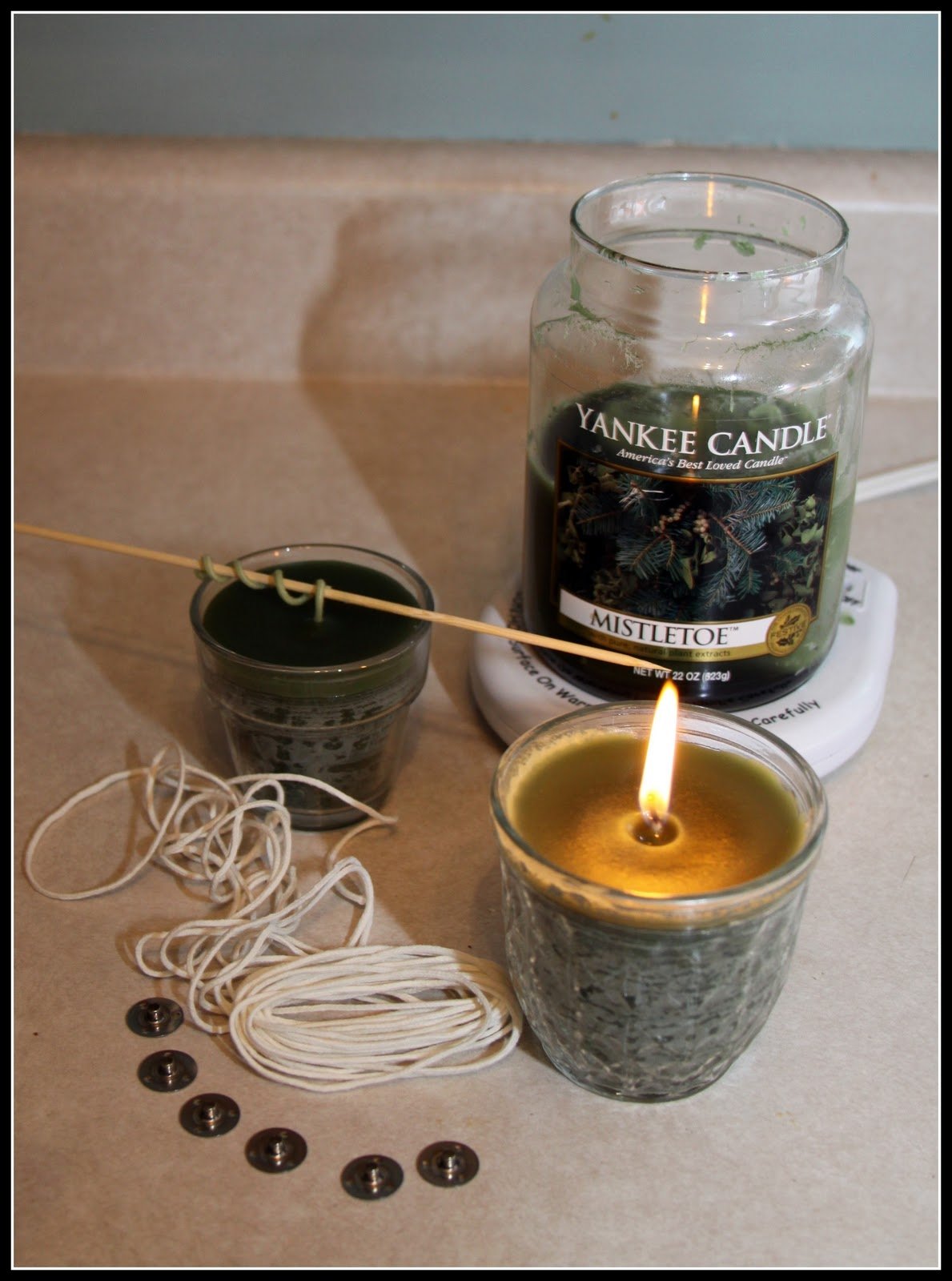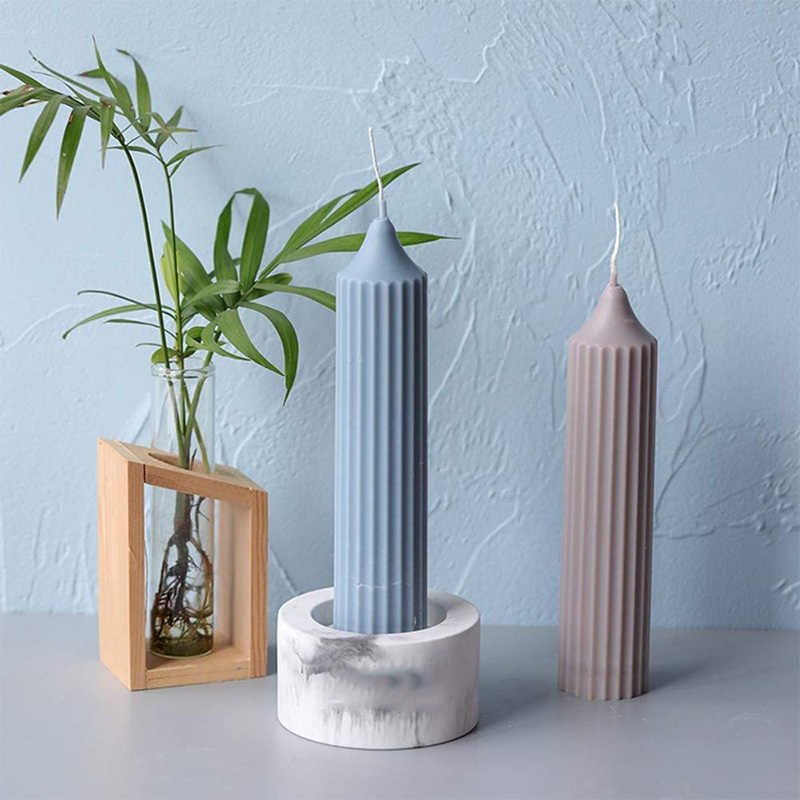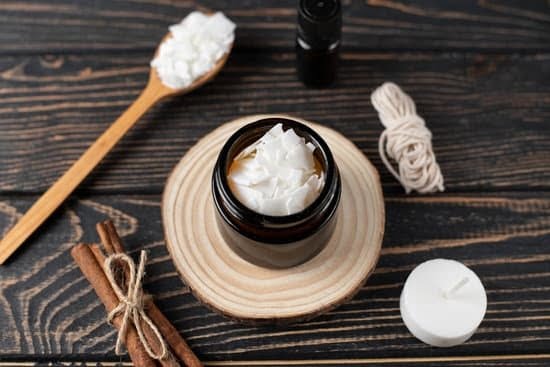Colonial candle making is a historical craft that has left its mark on countless households and communities throughout history. The art of creating candles in colonial times is not only a practical skill but also holds significant cultural value. In this article, we delve into the world of colonial candle making, tracing its origins, examining the materials and tools used, exploring traditional techniques and processes, and showcasing its importance in everyday life.
One of the most compelling aspects of this exploration is the use of visuals to enhance readers’ understanding. Through the inclusion of captivating pictures, we aim to transport you back in time and provide a visual narrative that complements the written content. These images not only bring to life the various stages of candle making but also offer glimpses into colonial households where candles were an essential part of daily life.
Join us as we embark on a journey through history to uncover the fascinating artistry behind colonial candle making. From its humble beginnings to its evolution in modern times, we invite you to embrace this centuries-old craft and appreciate its legacy as more than just a source of illumination. So let us begin our exploration and kindle your curiosity with enchanting pictures that capture the essence of colonial candle making.
The Origins of Colonial Candle Making
Candle making has a long and rich history, with its origins dating back to colonial times. In order to understand the significance of colonial candle making, it is necessary to delve into the historical context of this craft. Candles played a vital role in colonial households, serving as a primary source of light before the advent of electricity.
They were also used for cooking, religious ceremonies, and as a means of marking time. By exploring the roots of colonial candle making, we can gain a deeper appreciation for this historical craft.
In colonial America, candles were essential for daily life. The lack of artificial lighting meant that candles were relied upon to illuminate homes after dark. They were made from readily available materials such as tallow and beeswax, which were often sourced locally. The process of making candles was typically carried out by women in the household, who would melt the wax or tallow and pour or dip wicks into it.
To visualize the intricacies of colonial candle making, incorporating relevant images and illustrations is crucial. These visuals not only enhance readers’ understanding but also allow them to appreciate the craftsmanship involved in creating these essential items through centuries past. By showcasing pictures showcasing different stages of the candle making process – from melting the wax or tallow to molding or dipping wicks – readers can gain insight into the laborious yet fascinating techniques employed by colonial craftspeople.
Candle Making Materials Tools Used in Colonial Candle Making
Beeswax Tallow Wicks Iron molds Pewter molds Tapering rods
As seen in the table above, specific tools play a critical role in colonial candle making. Iron molds and pewter molds were commonly used to shape candles into desired forms such as taper candles or cylindrical pillars. Tapering rods served as guides during dipping processes, ensuring straight and uniform candles.
Materials and Tools Used in Colonial Candle Making
Colonial candle making relied on a variety of materials and tools to create candles that were not only functional but also aesthetically pleasing. Understanding the raw materials used and the tools employed during this craft provides valuable insight into the art of colonial candle making.
Raw Materials:
– Beeswax: Beeswax was one of the most commonly used materials in colonial candle making. It was highly prized for its clean-burning properties and pleasant smell. Beekeepers would harvest beeswax from beehives and then render it to remove impurities before using it in candle production.
– Tallow: Tallow, or animal fat, was another crucial material in colonial candle making. It was readily available byproduct of butchering animals and served as a cost-effective alternative to beeswax. While tallow candles were less desirable due to their odor when burned, they were still widely used by colonists.
– Bayberry Wax: In regions where bayberry bushes grew abundantly, such as New England, bayberry wax was used to make candles. Obtaining bayberry wax was a labor-intensive process as it involved boiling the berries to extract the wax coating. Due to its scarcity and difficult extraction method, candles made with bayberry wax were considered a luxury item.
Tools:
– Molds: Candle molds made from tin or pewter were commonly used in colonial candle making. These molds came in various shapes and sizes, allowing for customization of candle designs. The molten wax would be poured into the molds, where it would harden into the desired shape.
– Wick Holders: To ensure that the wick remained centered as the wax cooled and hardened, wick holders were employed. These simple devices consisted of two metal rods with clamps that secured the wick at both ends while it set within the mold.
– Dippers: Dipping candles involved repeatedly immersing a wick in melted wax until the desired thickness was achieved. Dippers were long, metal rods used to dip the wick in and out of the hot wax.
– Scissors: Trimming the excess wick from finished candles was essential for optimal burning. Scissors with long, slender blades were used to neatly remove any excess wick before a candle was ready for use.
Incorporating captivating pictures showcasing these diverse materials and tools provides readers with a visual understanding of colonial candle making methods. These visuals not only enhance readers’ appreciation for the craftsmanship involved but also serve as a valuable historical resource, preserving the knowledge of traditional candle making techniques for future generations.
Traditional Candle Making Techniques and Processes
In colonial times, candle making was an intricate and essential craft. The process involved several techniques and processes that have been passed down for generations. Understanding these traditional methods provides a fascinating glimpse into the art of colonial candle making.
One of the primary techniques used in colonial candle making was dipping. This process involved repeatedly dipping a wick into a vat of melted wax, allowing each layer to cool and harden before dipping again. Each dip added another layer to the candle, gradually building up its size and shape. Dipping required skill and precision to ensure an even coating on the wick.
Another commonly used technique during colonial times was pouring. This involved pouring melted wax or tallow into molds to create candles of different shapes and sizes. Molds could be made from various materials such as metal, clay, or even hollowed-out fruits like apples or oranges. Once the wax had hardened, it could be removed from the mold to reveal a beautifully crafted candle.
To enhance readers’ understanding of these traditional techniques, here are some captivating pictures showcasing each respective process:
- An image depicting a craftsman skillfully dipping a wick into a vat of melted wax.
- A series of images showcasing the gradual buildup of layers as a dipped candle takes shape.
- A photograph capturing the careful pouring of hot wax into intricately designed molds.
- Diverse examples of finished poured candles featuring unique shapes and patterns
These images provide visual cues that not only convey the steps involved but also showcase the craftsmanship and artistry inherent in colonial candle making. They allow viewers to appreciate the dedication required by artisans who mastered these techniques.
Whether through dipping or pouring, colonial candle makers possessed both technical skill and creativity in their craft. These traditional techniques laid the foundation for modern candle making methods that we continue to enjoy today.
Colonial Candle Making in Different Regions
In addition to its historical significance, colonial candle making also exhibited regional variations across different areas. Each region had unique techniques and traditions that added depth to the craft. Exploring the diverse methods of candle making in various regions provides a fascinating glimpse into the cultural nuances and practical necessities of colonial life.
Regional Variations in Colonial Candle Making Techniques
As colonists settled in different parts of the country, they adapted their candle making methods to accommodate the available resources and climate conditions. In New England, where beeswax was scarce, tallow candles made from animal fat were more common. These were often dipped multiple times to achieve thicker candles capable of withstanding colder temperatures.
On the other hand, Southern colonies with warmer climates primarily relied on beeswax candles due to their availability. The abundance of beeswax allowed for larger and longer-lasting candles, which were particularly cherished during social gatherings and special occasions.
Anecdotes and Stories from Specific Areas
Each region had its own unique anecdotes and stories surrounding colonial candle making. For example, in Williamsburg, Virginia, candles played a crucial role during festive events such as Christmas celebrations. The lighting of numerous candles served as a symbol of festive cheer and goodwill.
In Pennsylvania Dutch communities, intricate candle molds called Pysanky were used to create decorative patterns on Easter candles. These beautiful designs reflected the influence of European folk traditions brought by German settlers.
Historical Images Depicting Regional Candle Making Practices
To better understand these regional variations, historical images and photographs offer valuable insights into colonial candle making practices. These visuals allow us to visualize the tools, materials, and techniques employed by different regions during this era.
For instance, a photograph showing a family in front of their hearth with homemade tallow candles showcases the practicality and resourcefulness required for candle making in the New England region. While in a painting depicting a grand southern parlor, elegant beeswax candles can be seen illuminating the room, emphasizing both functionality and luxury.
By examining colonial candle making practices in different regions, we gain a deeper appreciation for the diversity and ingenuity exhibited by early craftsmen as they adapted their techniques to suit their surroundings. These regional variations demonstrate the dynamic nature of this historical craft and the cultural significance it held within different communities during colonial times.
Colonial Candle Making in Everyday Life
Candles played a vital role in the everyday life of colonial households. They were not only used for lighting, but also served various practical purposes, such as cooking and religious ceremonies. In this section, we will explore how candles were an essential part of colonial daily life and discuss the importance they held.
In colonial times, electric lighting was nonexistent, and candles provided the primary source of indoor lighting after sunset. Candles were placed in holders or sconces mounted on walls to illuminate rooms. However, due to their cost and limited availability, candles were mainly used by wealthier households. Working-class families often relied on cheaper alternatives like rushlights made from dried rushes soaked in tallow or wax.
Beyond lighting, candles played a significant role in cooking during colonial times. In kitchens without access to fireplaces or advanced stoves, open flames from candles or rushlights were used for heating pots and pans. These candle flames could provide low heat for simmering dishes or higher heat for boiling water.
Moreover, candles held great importance in religious ceremonies during colonial times. Churches would use large altar candles made of beeswax for religious services and processions. The flickering flame of these elegant candles created an atmosphere of reverence and spirituality.
| Image | Description |
|---|---|
 | A candlelit dinner in a colonial household. |
 | A woman preparing a meal using candlelight. |
 | A colonial church adorned with candles during a religious ceremony. |
These images provide a glimpse into the everyday life of colonial households, where candles were not only practical but also created warm and intimate atmospheres.
Modern Adaptations of Colonial Candle Making
In recent years, there has been a resurgence of interest in traditional crafts and handmade products, and colonial candle making is no exception. As people seek to reconnect with their roots and embrace the simplicity of the past, many artisans have taken up the art of colonial candle making. This section will explore how colonial candle making has evolved in the present day and highlight the contemporary adaptations that have emerged.
The Rise of Handmade Candles
One notable aspect of modern adaptations is the increasing popularity of handmade candles. In a world dominated by mass-produced goods, many individuals are drawn to the uniqueness and authenticity of handmade items. Colonial-style candles, with their rustic charm and nostalgic appeal, have found a place in today’s market. Artisans are experimenting with different blends of waxes, fragrances, and dyes to create candles that capture the essence of colonial times while appealing to modern sensibilities.
Candle Making Workshops and DIY Kits
To further foster an appreciation for this historical craft, candle making workshops and do-it-yourself (DIY) kits have become prevalent. These workshops offer participants a chance to learn the techniques used by colonial candle makers firsthand. Guided by experienced artisans, attendees can experience the joy of creating their own hand-dipped or molded candles using traditional methods. DIY kits provide an accessible way for enthusiasts to try their hand at candle making in the comfort of their own homes.
Incorporating Modern Designs
While traditional colonial candle making techniques remain at the core, there have been interesting innovations in terms of designs and decorations. Artisans are now experimenting with various molds and shapes to create unique candle forms that cater to contemporary tastes. From intricately carved decorative pillars to elegant sculptural tealights, these modern designs showcase how colonial-inspired candles can seamlessly blend into any home decor style.
Preserving the Art of Colonial Candle Making
Preserving the art of colonial candle making is essential to honor and understand the historical significance of this craft. As time passes, there is a growing recognition of the importance of preserving traditional crafts as a part of our cultural heritage. Colonial candle making not only offers insights into the daily lives and practices of early American settlers but also serves as a reminder of their resourcefulness and ingenuity.
To ensure that future generations can continue to appreciate and learn from colonial candle making, various organizations and initiatives have emerged dedicated to its preservation. These groups strive to document, promote, and teach the techniques, materials, and processes associated with this age-old craft. By raising awareness through workshops, demonstrations, and educational programs, they aim to keep alive the knowledge and skills involved in colonial candle making.
Enhancing these preservation efforts are advancements in technology that allow for comprehensive documentation and archiving of colonial candle making techniques. High-resolution photographs capture intricate details, while video recordings enable future artisans to replicate the processes accurately. These digital resources play a crucial role in passing down knowledge over time and ensuring that this ancient craft remains accessible for years to come.
One such organization committed to preserving colonial candle making is the Colonial Candle Preservation Society (CCPS). Founded in 2010 by passionate historians, it focuses on research, conservation, and education related to colonial candle making practices. The CCPS organizes workshops where participants can learn firsthand from experienced artisans skilled in traditional methods. Additionally, they conduct archival work by collecting images, documents, and oral histories associated with colonial candle making.
Through these efforts, modern enthusiasts are able to connect with this historical craft on a deeper level. By understanding the origins, techniques, materials used during colonial times and applying them today, they contribute to perpetuating the legacy of this art form. Preserving colonial candle making is not just about honoring history; it also provides an opportunity for creative expression and a renewed appreciation for handmade crafts in our modern world.
Conclusion
In conclusion, exploring the art of colonial candle making allows us to uncover a rich historical craft that played a significant role in colonial households. By incorporating visuals such as images and illustrations, we are able to enhance our understanding and appreciation of this unique tradition.
Throughout this article, we have traced the origins of colonial candle making back to its roots and discussed its historical significance. We have explored the materials and tools used in this craft, detailing the process step-by-step. Additionally, we have highlighted regional variations and shared interesting anecdotes surrounding candle making in different areas.
Candles were not only practical necessities in colonial life but also played vital roles in lighting, cooking, and religious ceremonies. We have discussed the everyday applications and showcased captivating images that transport us to a time when candles illuminated these various aspects of colonial households.
While traditional colonial candle making techniques may be less common today, there has been a resurgence of interest in handmade candles and candle making workshops. This adaptation reminds us of the importance of preserving this historical craft. Various organizations and initiatives work tirelessly to ensure that the legacy of colonial candle making lives on for future generations to appreciate.
In embracing the legacy of colonial candle making, we invite readers to engage with this fascinating art form. By delving into its history and experiencing its processes through captivating imagery, we can gain a deeper understanding and respect for the craftsmanship involved. Let us take a final moment to ignite our curiosity by visualizing a captivating image of colonial candle making, further fueling our desire to explore this extraordinary piece of history.

Welcome to my candle making blog! In this blog, I will be sharing my tips and tricks for making candles. I will also be sharing some of my favorite recipes.

